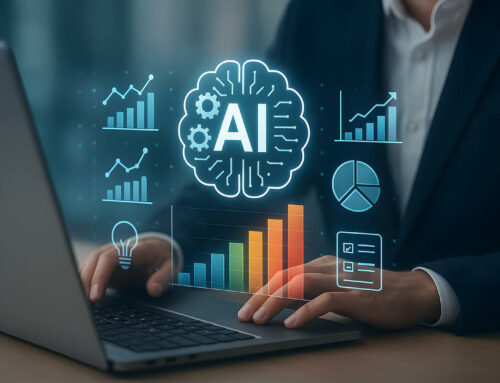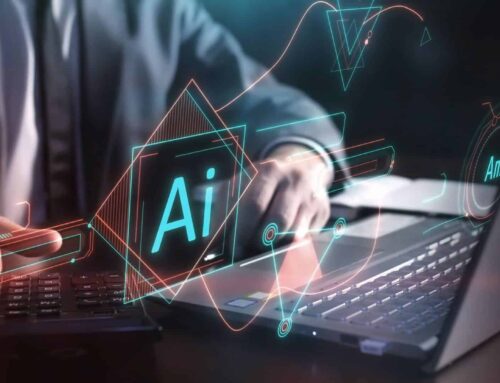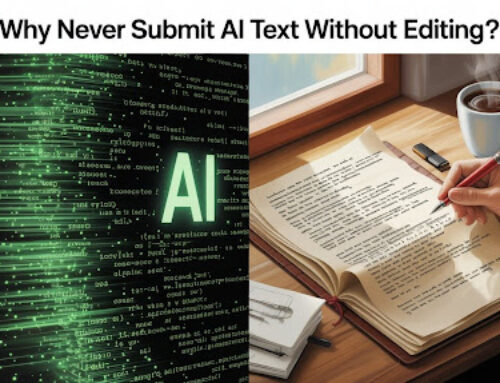From the very beginning of our conversation, we suggest you imagine a perfect picture. It’s Monday morning. You open your laptop and check your codebase only to realize your AI assistant has already flagged the buggy parts, suggested a cleaner structure, and even drafted unit tests while you were still asleep. Sounds like sci-fi? Nope. That’s just another day in 2025.
AI software development trends in 2025 aren’t whispers of what might happen someday. They’re loud, clear signals that the future of software is being rewritten right now. Let’s be honest: this shift is exciting and totally game-changing. Developers aren’t being replaced, of course. They are supercharged now and way more productive. In this article, we’ll break down the trends that matter and show you what’s already working. If you are ready, let’s dive in.
The Big Picture: How AI Trends Are Shaping the Industry’s Future
Let’s take a step back. You might think that in 2025, AI will just be updating a few tools. Actually, that’s not the whole truth. It’s transforming how we hire a remote team of developers and manage every aspect of building software. When tech giants like Amazon are testing AI coding assistants like Zencoder or Cursor, Google’s Sundar Pichai is “vibe coding” with AI tools in live product creation. You feel the shift in the air.
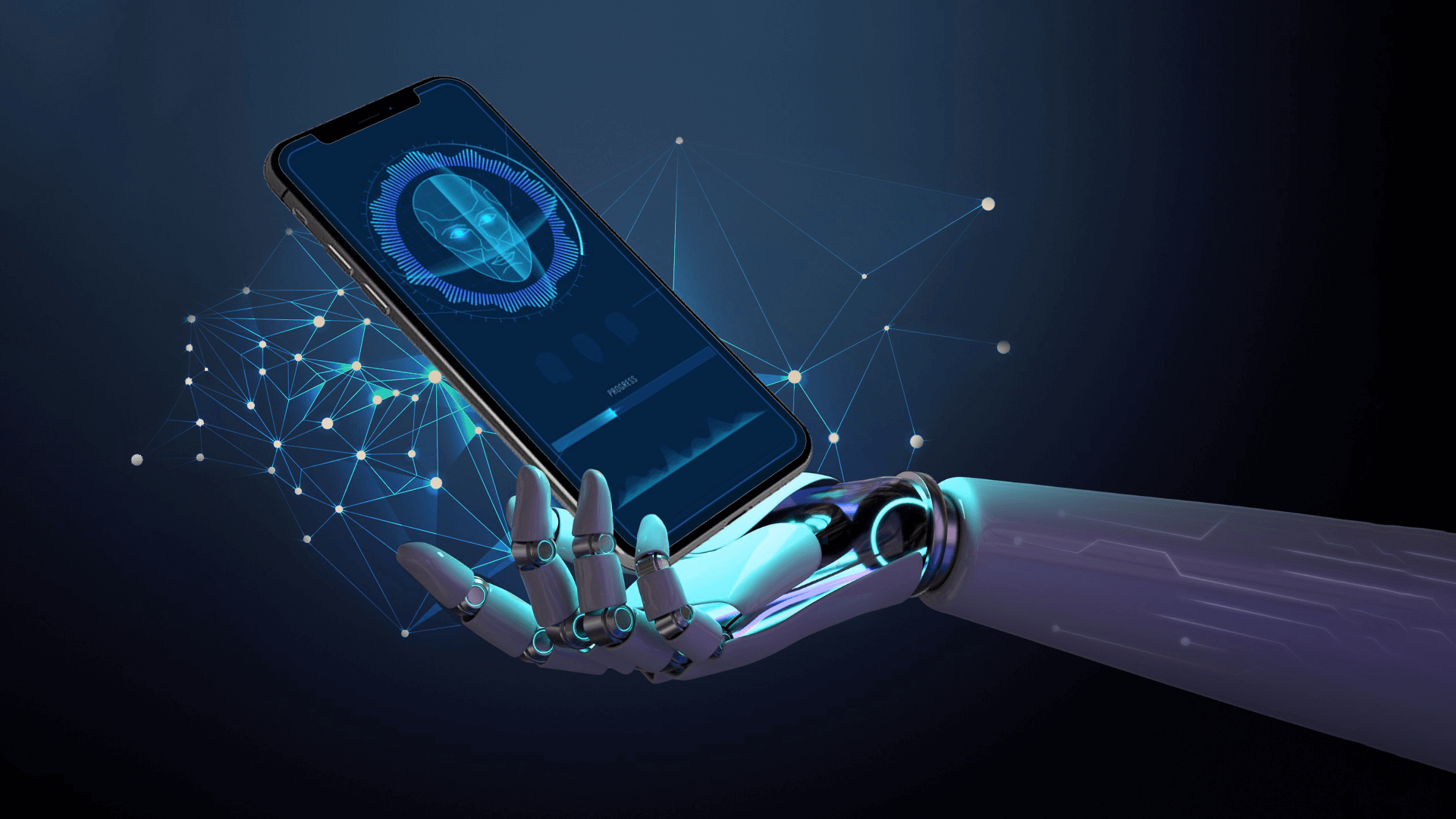
We have prepared a list of what artificial intelligence tools are capable of.
- Helps plan and prioritize tasks.
- Gives real-time feedback during coding.
- Creates intelligent test suites automatically.
- Suggests refactors on demand.
- Powers voice-to-code experiences.
- Guides architecture choices with insights.
- Predicts bugs before QA runs.
- Personalizes UI dynamically with usage data.
- Finishes code reviews in seconds.
- Embeds continuous learning into tooling.
According to IBM, about 42% of enterprises globally have moved beyond experimentation and now deploy AI in production. That’s nearly half of large businesses embracing this as a core strategy. This means AI is no longer something companies are just “playing around with” in labs or pilot programs. By leveraging artificial intelligence software development services, enterprises can strategically integrate these tools into their operations
Top AI Trends in Software Development to Watch in 2025
What exactly is everyone talking about? The buzz around AI trends in software development 2025 comes straight from dev teams and product leads. It’s in the tools that think with you, the models that learn from your codebase, the workflows that no longer need you to babysit every step. There’s no one-size-fits-all here, just a growing set of trends that are turning everyday development into something sharper, faster, and way more intuitive. Up next, we’ll walk you through the most talked-about trends to watch that are stealing the spotlight and changing the game right now.
Generative AI Becomes a Core Developer Tool
The code no longer starts with a blank screen. In 2025, most developers will begin with a generative AI prompt. These systems scan your repo, pick up on naming conventions, spot architecture patterns, and spit out suggestions that actually make sense, not just autocomplete noise.
They’re built into IDEs, synced with docs, and trained on millions of clean code examples. When you write a function, they understand the business logic behind it. When you forget edge cases, they don’t. These are shaping the very core of how modern teams ship software. Yes, this shift speeds up the software development process. But more importantly, it raises the baseline for what “good code” looks like. Consistent, readable, logical. AI helps you write less and say more.
Reasoning-Capable AI Models Enter the Workflow
AI that completes a function is useful. AI that understands why you’re building it that’s a leap. New AI models in 2025 are designed for reasoning. They analyze dependencies, understand the business context, and explain their suggestions in plain language.
Key things they can do:
- Spot broken logic paths.
- Trace bugs across services.
- Suggest cleaner architecture.
- Flag unscalable structures.
- Recommend missing validations.
They’re especially helpful for debugging and refactoring. Instead of pointing out symptoms, they trace problems to their root cause. Developers don’t waste time digging through five layers of abstraction. These AI technologies do the work and explain the “why” behind each fix. It’s about smarter decisions across the entire software development lifecycle.
AI-Powered Collaboration in DevOps & Agile Teams
A good sprint runs on clarity. A great sprint runs on AI. In modern DevOps, AI tools handle the mess: outdated tickets, conflicting timelines, flaky tests, etc. They digest the chaos and give your team clean, focused tasks.
These systems scan velocity trends, workload distribution, and delivery bottlenecks in real-time. They surface blockers before anyone complains. They assign QA effort based on code complexity. They even notice when one dev is stuck and another’s picking up speed.
What this looks like:
- Instant task reprioritization.
- Clean up stale issues.
- Predict delivery delays.
- Flag code review overload.
- Match bugs to the right dev.
The impact of AI here isn’t in code; it’s in flow. Teams communicate less but understand more. It’s agile without the drag. Innovative software solutions built with AI at the core turn operations into quiet, seamless machines.
Responsible Use of AI in the Development Process
AI can break things just as fast as it builds them, which is why, in 2025, responsible use of AI isn’t optional. From model transparency to decision traceability, developers create systems that explain themselves.
Leading teams train their AI on clean, inclusive data. They monitor output for bias and log every AI-generated suggestion to track performance and keep developers accountable. This matters, especially when AI tools create customer-facing logic.
The trend here isn’t “use AI less”; it’s “use it smarter.” Developers review AI-generated code like they’d review a junior teammate’s PR. Carefully. Critically. Respectfully. It’s a cultural shift. And it’s one of the most important AI trends shaping the industry’s future.
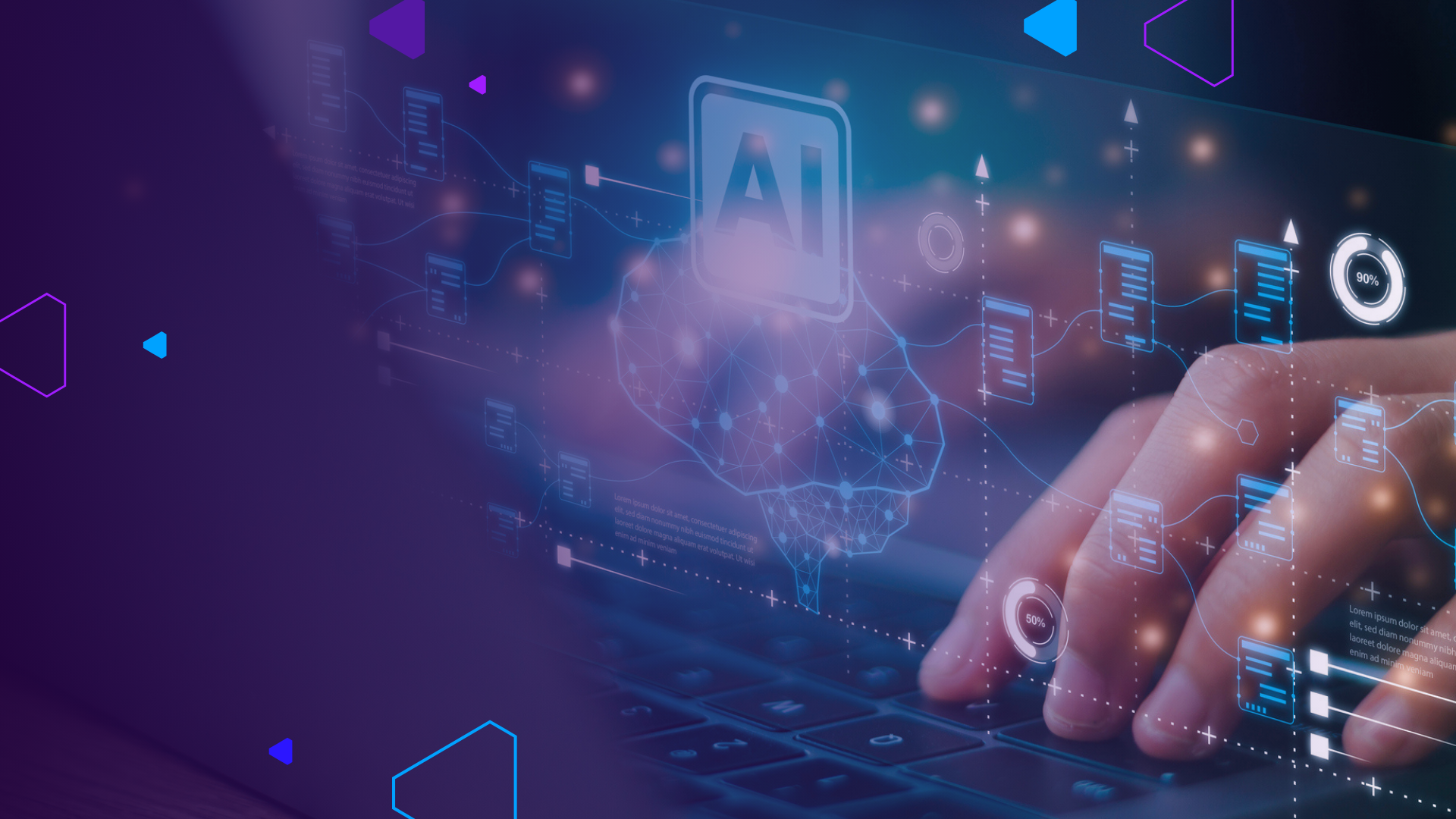
AI as Strategic Partner, Not Just a Tool
Some tools help you code. Others help you think. What is the most significant leap in 2025? AI that enables you to decide what to build in the first place. The systems review product metrics, predict adoption curves, and suggest simpler ways to reach the same outcome. They align tech choices with business goals faster than any status meeting ever could.
Here’s what that looks like in practice:
- AI suggests scope reduction.
- Flags overengineered features.
- Identifies technical debt early.
- Connects bugs to churn.
- Recommends API simplification.
This is where the AI trends in software development 2025 really show their teeth. When AI sits at the strategy table, it helps companies ship smarter, not just faster. And that’s where AI has the potential to drive real product innovation, not just automation.
Conclusion
The ground has already shifted. What used to be optional is now a core part of modern software development. The teams that thrive in 2025 know why they’re using AI, where it fits in their process, and how to stay in control of the outcomes.
This next era is about building more intelligent systems with clarity, context, and care. And yes, with power comes responsibility. Responsible use of AI means asking tough questions, staying human in your judgment, and never handing over the steering wheel blindly. The future of development is collaborative. People and AI are building together. What do you do with that power? That’s the part only you get to decide.
